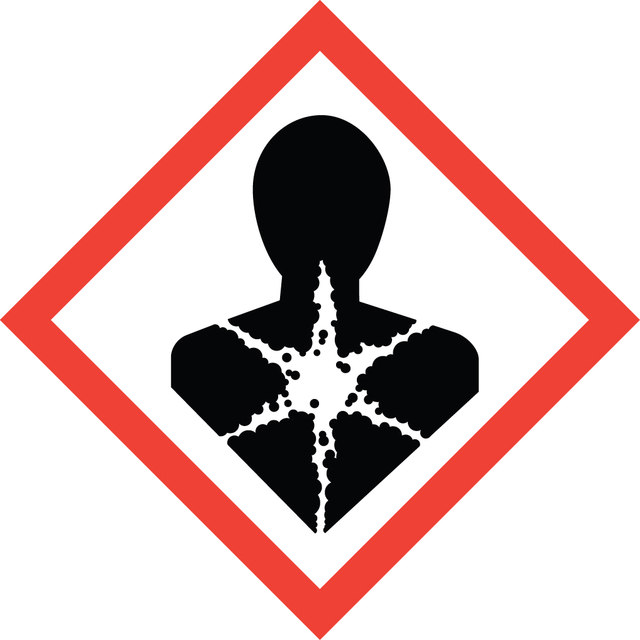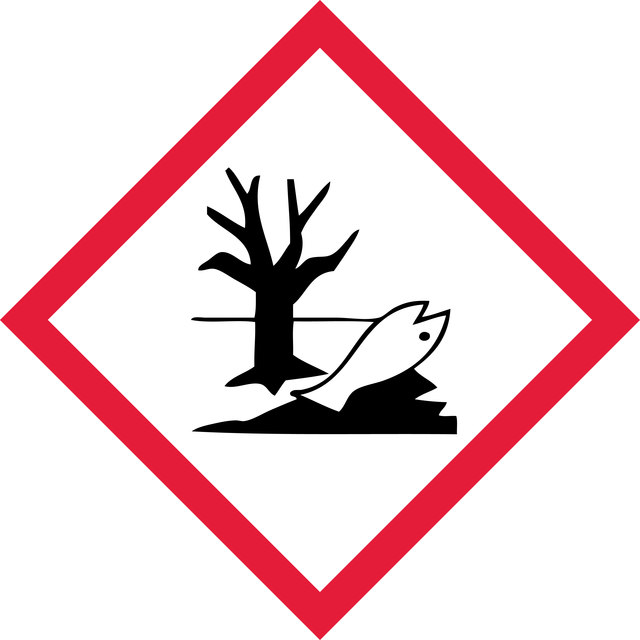质量水平
方案
95%
折射率
n20/D 1.502 (lit.)
沸点
161-162 °C (lit.)
密度
1.68 g/mL at 25 °C (lit.)
SMILES字符串
ClC(Cl)C(Cl)(Cl)Cl
InChI
1S/C2HCl5/c3-1(4)2(5,6)7/h1H
InChI key
BNIXVQGCZULYKV-UHFFFAOYSA-N
正在寻找类似产品? 访问 产品对比指南
警示用语:
Danger
危险分类
Acute Tox. 4 Oral - Aquatic Chronic 2 - Carc. 2 - STOT RE 1
储存分类代码
6.1A - Combustible acute toxic Cat. 1 and 2 / very toxic hazardous materials
WGK
WGK 2
闪点(°F)
Not applicable
闪点(°C)
Not applicable
个人防护装备
Eyeshields, Faceshields, Gloves, type ABEK (EN14387) respirator filter
法规信息
危险化学品
此项目有
P Melin et al.
Journal of applied microbiology, 100(2), 264-271 (2006-01-25)
Investigate the survival of liquid formulations of the biocontrol yeast Pichia anomala J121 at different temperatures, and develop a system for comparative studies of different storage conditions and formulations. The survival of P. anomala in liquid formulations with lactose, starch
A M Allen et al.
Gut, 33(3), 392-396 (1992-03-01)
Endogenous and exogenous stimulation of the pancreas was studied to determine whether changes in protein output could be linked to decreased total plasma amino acid concentrations. In fasted rats, diversion of pancreatic juice resulted in a transient increase in protein
Wancang Liu et al.
Frontiers in microbiology, 11, 1988-1988 (2020-09-26)
Traditional diosgenin manufacturing process has led to serious environmental contamination and wastewater. Clean processes are needed that can alternate the diosgenin production. The β-glucosidase FBG1, cloned from Fusarium sp. CPCC 400709, can biotransform trillin and produce diosgenin. In this study
Veny Uppal et al.
Journal of food science and technology, 49(2), 184-191 (2013-04-11)
Germination of legumes followed by hydrothermal treatments is an effective mean of improving nutritive value of legumes. The protein content of mungbean, chickpea and cowpea increased by 9-11, 11-16 and 8-11% after germination. A significant (p ≤ 0.05) decrease in protein content
Alex M Zimmer et al.
The Journal of experimental biology, 223(Pt 2) (2019-12-20)
Freshwater fishes absorb Na+ from their dilute environment using ion-transporting cells. In larval zebrafish (Danio rerio), Na+ uptake is coordinated by (1) Na+/H+ exchanger 3b (Nhe3b) and (2) H+-ATPase-powered electrogenic uptake in H+-ATPase-rich (HR) cells and by (3) Na+-Cl--cotransporter (Ncc)
我们的科学家团队拥有各种研究领域经验,包括生命科学、材料科学、化学合成、色谱、分析及许多其他领域.
联系客户支持

